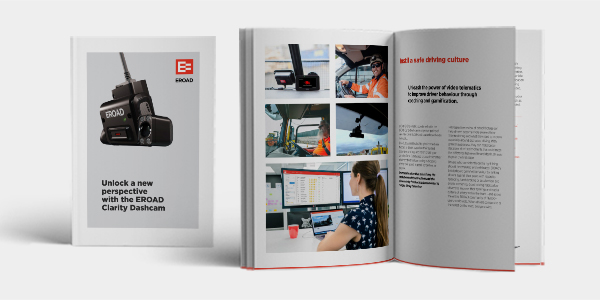How to Introduce Dashcams to Drivers
How to Introduce Dashcams to Drivers
So, you’ve made the decision to implement dashcams, but how do you ensure you maximise the health and safety benefits for everyone involved? EROAD safety expert Chris Evans shares key onboarding tips.
If you’re already using telematics to monitor driver behaviour and your fleet performance, dashcams are the next frontier. Dashcam footage provides context and clarity that was previously unavailable, allowing you to see exactly what happened, both outside and inside the vehicle, and proactively coach drivers before small infractions snowball into something more serious.
Naturally, because the technology is relatively new and not well understood, drivers may be apprehensive about the feeling of being monitored. And some fleet managers may be unsure about how to deliver driver feedback in an empathetic, constructive way – particularly in the case of difficult conversations.

Chris Evans, EROAD’s H&S Manager is an IOSH Chartered Health and Safety professional with 26 years of experience in the O&G, construction, transport and retail industries with a keen focus on road safety, safety culture, wellbeing, risk assessment, auditing and investigation.
It’s About Safety, Not Surveillance
The most important thing for all parties to understand is that we all want the same outcome: for everyone to arrive home safely at the end of the day. That means not just your drivers but other road users as well. Because they aren’t professional drivers, other motorists actually cause 80 percent of fatal accidents involving trucks. And because of the sheer mass involved in a collision with a heavy vehicle, they’re also the ones less likely to survive.
As professional drivers and transport operators, the onus is on us to make roads safer for everyone. Yes, there are operational benefits associated with dashcam use, such as reduced insurance and repair costs, but the single most important reason for using dashcams is to enhance safety.
Business entities controlling transport operations have the greatest influence on safety, the whole reason that Chain of Responsibility laws exist. While safety is everyone’s responsibility – including employers, contractors, vehicle operators, schedulers, loading managers, loaders, unloaders, consignors, and consignees – as a fleet manager, how you use your influence to lead your team could literally mean the difference between life and death.
Update Your Company Policies
Before getting started with dashcams, make sure your driver code of conduct and other policies have been updated to include their usage. That way, everyone knows what to expect and you have an official standard to review behaviour against. But don’t make the mistake of trying to include everything but the kitchen sink: Communicate only what the driver needs to know in a format that can be remembered or accessed when needed.
Because you will be capturing personal data, including potentially sensitive video footage, an up-to-date privacy policy is also a must. Make it clear to drivers that EROAD stores all data securely for the purposes stated in the policy and that such data is primarily shared only with authorised users. We recommend that you limit access to as few people as possible to deliver the value you aim to extract from its use.
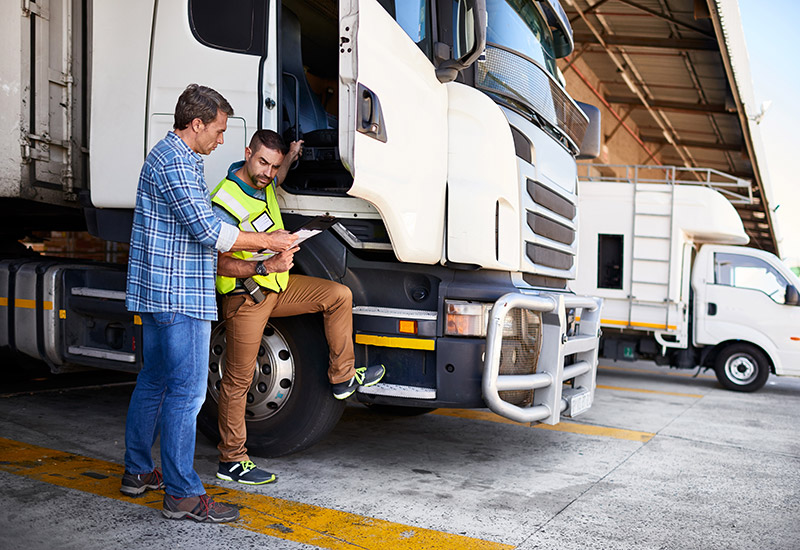
“Ensure that your policy covers the risk of seeing graphic footage, taking into account that you don’t want close friends of accident victims viewing that footage,” says EROAD Health & Safety Stakeholder Manager Chris Evans. “Also make sure you have an effective employee assistance programme in place to support people in dealing with any trauma from what they may have seen.”
Perhaps unsurprisingly, mobile phone use is by far the biggest contributor, as four of the most common distracted driving activities can now be done on a smartphone: texting, talking, using a navigation system, and adjusting music.
Workplace Surveillance in NSW and ACT
In New South Wales and the Australian Capital Territory, employers must comply with workplace surveillance legislation (the Workplace Surveillance Act 2005 in NSW and the Workplace Privacy Act 2011 in ACT) that prohibits employers from tracking employees when they are not working, even if they are in a company liveried vehicle.
Employers must explain to all employees the details of any camera, computer, or tracking surveillance at least 14 days before it begins. A notice must be clearly displayed in the vehicle, indicating that it is being monitored. The notice must include:
- The surveillance type(s) involved
- What will be tracked and how
- The date surveillance starts
- Whether surveillance is continuous or intermittent
- Whether surveillance is ongoing or for a limited period
- The purpose of the surveillance and how the employer may use it
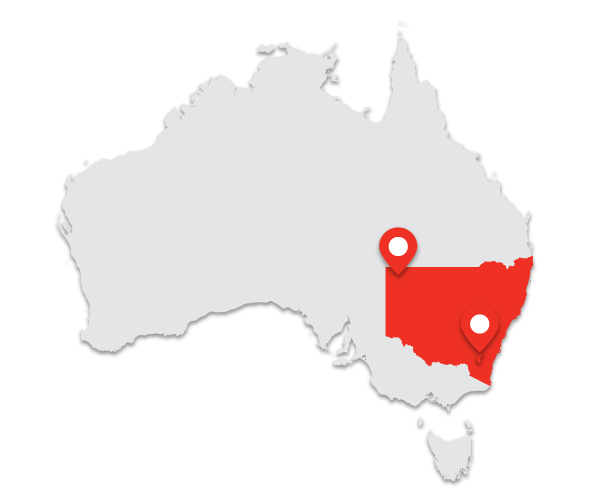
While the EROAD Clarity dashcam is on whenever the vehicle is running, two included lens caps can be used to obscure the camera during nonwork hours or when the vehicle is stationary but in auxiliary mode, to power items like air-conditioning units and refrigerators. EROAD telematics also have a “private” mode that allows drivers to turn off GPS tracking so that data will not be collected, though measures should be put in place to ensure that drivers do not intentionally “forget” to remove lens caps or turn the telematics back on. You could incorporate checks for both of these into all pre-trip inspections, for example.
Communicate Early, Transparently, and Regularly
Be clear, concise, and consistent as to why you are implementing dashcams from the start. Consider that you may need to engage with additional stakeholders, such as unions and any owner drivers who work for you as contractors, and plan accordingly. Be proactive and positive in your communication style and lead from the top, with ‘one rule for all.’
Determine what needs to be communicated, how often, and in what format and complexity. “After one hour, people retain less than half of the information, which drops to 25% after six days,” says Chris, “so don’t expect a training session to deliver the holy grail of competency.”
Make it fun and memorable whenever possible, reinforce your messages at informal toolbox talks, and invite people to voice any questions or concerns they may have. “Don’t rush it – phase it in and demonstrate that feedback received is taken into account.”
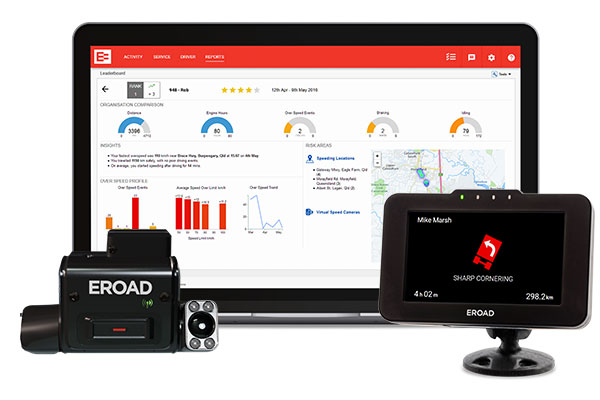

1. Sell the benefits
Explain how dashcams will help the company, drivers, and management. Emphasise that dashcam footage can help exonerate drivers in accidents where they were not at fault, which is most often the case. Being able to objectively see what happened in the moments leading up to a fatal crash can also provide valuable reassurance that nothing could have been done to prevent it, thereby minimising the psychological toll on drivers. By inspiring pride in a job well done, stimulating friendly competition, and making compliance part of your requirements to earn pay rises or promotions, you can create a safety-focused culture and reduce your incident rate.

2. Communicate the risk of not implementing dashcams
Depending on the offence committed and your role in the business, SafeWork can impose penalties of up to $3 million and five years in prison. In the horrific case of truck driver Mohinder Singh, who killed four Melbourne police officers in a drug-induced state of extreme fatigue, Connect Logistics manager Simiona Tuteru is also facing manslaughter charges. All parties in the supply chain must take their Chain of Responsibility obligations seriously. Implementing and properly using dashcams is one significant way your company can actively demonstrate compliance with CoR best practices.

3. Be totally clear about exactly how you will – and won’t – be using dashcams
“We don’t want drivers driving along and thinking that their supervisor can just log in and watch that driver drive.” Make it clear that dashcams are designed to capture incident footage only, not all behaviour all the time. Besides, if your drivers aren’t doing anything wrong, they really have nothing to worry about.
As previously mentioned, the EROAD Clarity dashcam is always on when the vehicle’s ignition is, but only a harsh driving event – harsh acceleration, braking or steering – will trigger a 20-second video clip to be sent to the MY EROAD web platform for review. If no event occurs, after 40 hours of drive time, the data is overwritten.
The driver can also manually initiate video recording, to protect themselves in certain situations, and the fleet manager can request footage for review as needed, as in police or insurance investigations.
As for audio, that, too, would only be recorded under the above-described circumstances, if the company has activated the audio function. Businesses also have the option not to record audio or in-cab video footage. Be aware that surveillance of private conversations, even if overt, is likely to be deemed illegal by the Australian courts, so you should seek legal counsel if you plan to capture audio. Whatever you decide, you must spell this out in your privacy policy.
Recognise in Public, Address Issues in Private
Normalise dashcam use as quickly as possible. Champion when dashcam footage helped a driver and the company discredit untrue third-party reports of bad driving or an accident. Recognise any drivers whose defensive actions averted a more serious outcome and ask if they’d be okay with sharing their video footage with the group as an example of what to do in a similar situation. Share data showing any cost savings or other efficiencies seen since implementation.
When you do have to pull a driver in to discuss an incident, always approach it from a place of caring and concern and assume that no one wants to drive badly. Build a rapport and attempt to develop an understanding of any personal struggles the driver may be going through, particularly if the behaviour is unusual for them. Remember that dashcam footage should never be used to chastise subpar performance. Rather, it should be used as a driver aid – and as part of a trusting partnership between management and drivers.
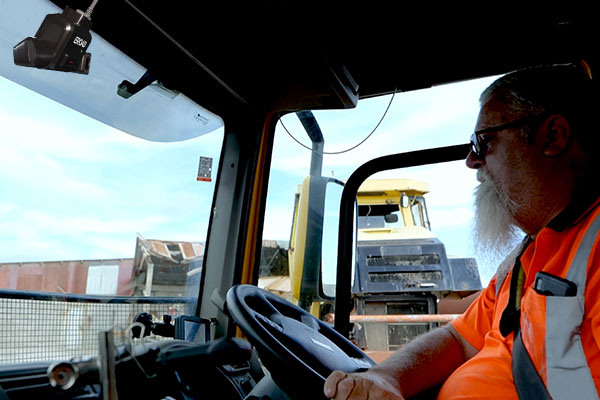
Good, experienced drivers are an increasingly rare resource, and Australian roads require a high level of skill and stamina to navigate. Let them know they are valued and that you’re investing time and resources in them precisely because you value them, both as employees and human beings.

